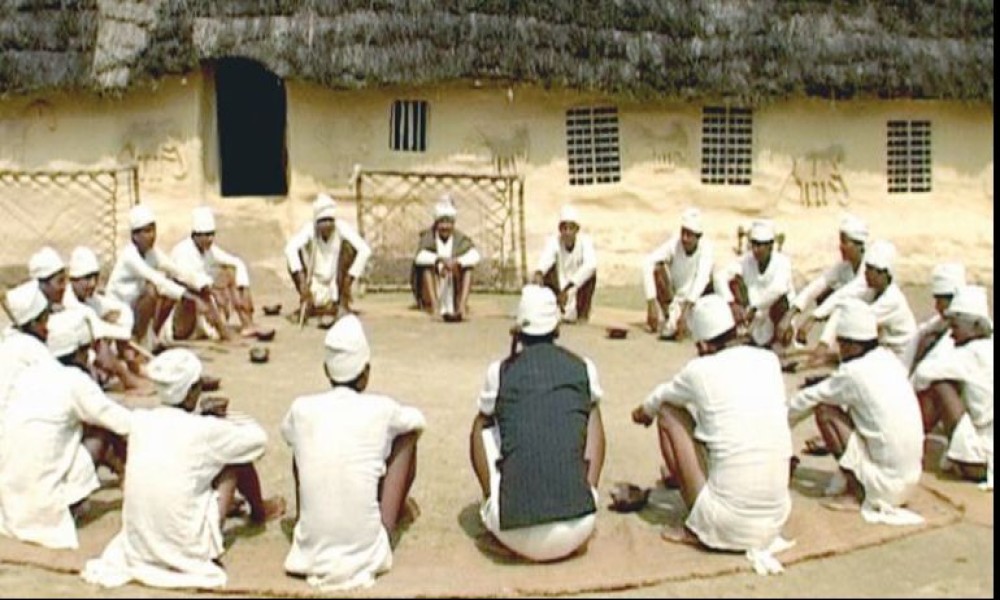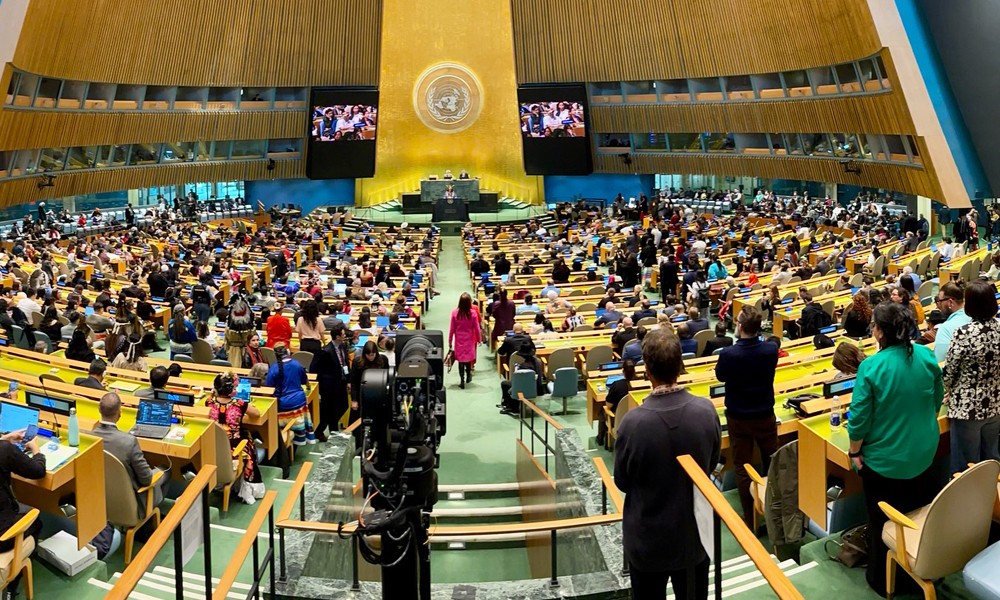No government can protect its people from a deadly global epidemic like COVID-19 without effectively informing them about how they can avoid being infected. The task of communicating life-saving messages in a simple way is easier said than done especially in a linguistically diverse country like Nepal.
However, traditional-customary institutions of Nepal's different Indigenous Communities are filling the information gap by delivering key COVID-19 messages released by the government.
These traditional customry institutions are highly trusted by Indigenous Peoples, so they have been able to effectively convey the key messages like staying indoors during the nationwide lockdown, avoiding crowds and social distancing in public places.
In Barpak of Gorkha district, local indigenous Ghale people have kept Katwal tradition alive. Katwal is a community-based messenger. Katwal's role has been effective in delivering messages.
In Nepal's mid-western plains districts like Bardiya, Kailali, Kanchanpur and Dang, which are home to indigenous Tharu people, Chiraki has been disseminating crucial information about COVID-19. Chiraki is a Tharu community member responsible for conveying messages. Tharu people have been traditional choosing Chiraki from among themselves.
In Khasur village of Lamjung, Syorpo, a traditional community institution of local Gurung people, has been active in conveying messages like staying indoors during the lockdown, avoiding contact with outsiders and maintaining personal hygiene. And local people are responding to the messages delivered by Syorpo.
In Barpak of Gorkha district, local indigenous Ghale people have kept Katwal tradition alive. Katwal is a community-based messenger. Katwal's role has been effective in delivering messages.
In Naurikot of Mustang district, a meeting chaired by Mukhiya -- the community leader -- has sealed off their entire village, temporarily cutting off connection with the outside world. In Khinja Gaun, people have set aside a community house as an isolation center as per a decision taken by a meeting organized by local Mukhiya.
Indigenous Santhal people's traditional customary institution (Majhihadam) has printed pamphlets about COVID-19 in their own language, asking all Santhal people to maintain social distancing to survive the pandemic. Similarly, Dhimal people's traditional institution (Majhiwarang) is also actively involved in raising awareness about the disease.
Indigenous Peoples' traditional customary institutions have played a critical role in facilitating local development and solving disputes. But they have not been granted legitimacy by the government.
Indigenous Peoples' traditional customary institutions have played a critical role in facilitating local development and solving disputes. But they have not been granted legitimacy by the government. However, some ages-old traditional institutions still exist in Nepal such as Badghar/Bhalmansa/ Mahatawa (Tharu), Ghampa/Terha Mukhiya Pranali (Thakali), Ghampa (Barhagaule), Majhihadam (Santhal), Guthi (Newa), Majhiwarang (Dhimal), Syorpo (Gurung) and Katwal (Ghale, Barpak). These traditional institutions have informed local indigenous people about the extended nationwide lockdown, which has been in place till April 8.
Although the Nepal government does not recognize these traditional institutions, the International Labour Organization (ILO)-169 and the United Nations Declaration on the Rights of Indigenous People (UNDRIP) have called on governments to recognize and preserve such indigenous institutions. It is high time the Nepal government also gave them their due legitimacy.









